
People climb for a variety of reasons, but few step into the outdoors without marvelling at the geological majesty of it all. It is quite a privilege to scale a cliff in the knowledge that you are passing over something so ancient that its lifespan has seen the rise and fall of nations, ice ages come and go and in a great many cases witnessed us - both as individuals and a species - pass in time too.

As a result, it's easy to believe that these cliffs are permanent structures, unchanging, and there to remain forever; however, the reality is that whilst many will remain for millennia to come, many won't. In order to make things a little more fun we've broken it down into three categories:
- Lost Rock - routes that are gone forever, rendered unclimbable by a complete collapse
- Changed Rock - routes that have lost a key feature, changing their character (and potentially their difficulty), but are still climbable
- Ticking Clock - a hypothetical category of routes and/or crags with the potential to fall down
Lost rock
T. Rex, Gogarth
The bottom pitch of T-Rex was one to remember, with a move so obscure nothing could really prepare you for it. A wide, awkward chimney led to an impasse where it constricted, forcing you outwards and - via an extremely convoluted sequence of moves - into a layback position on the outside of the chimney.
n.b. this could end up being 'changed rock', but seeing as the rockfall was recent - plus it looks pretty major - we thought we'd include it in 'lost rock' for the time being
Yankee Doodle (E2 5b), Cornwall
The first ascent of this classic crack line of the South West was anecdotally missed by Pat Littlejohn, supposedly because it wasn't there. Did it form after, or did Pat just show an unusual sign of weakness in missing a king line? Clearly the idea of it forming so quickly seems absurd, but the fact it wasn't there again a few years later makes you think twice.
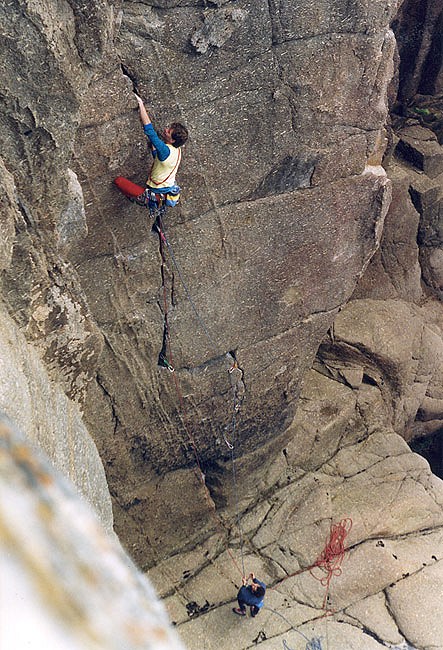
Romanesque (E3 5c), Pembroke
We all know how stacks form, starting as headlands before being eroded into arches, then finally losing their arch to become a stack. Still, as you sit there looking at the Green Bridge of Wales it is hard to imagine the time required to achieve this, as it spans too many years for us to truly comprehend. Still, it's just as incomprehensible to imagine that this route, which I climbed back in August 2017, was destroyed just a few months later during a massive storm. It was good too!
Deer Bield Buttress (E1 5a), Lake District
I was talking to Stephen Reid (owner of Needle Sports) about this the other day, as Deer Bield Crag is - apparently - quite good; however, due to the fact that its flagship route (made famous by Hard Rock) has fallen down, there's an impression that the rest of the crag is unstable (which it apparently isn't). So for those still reading, maybe it's time to have a re-think about Deer Bield and put it back on the menu.
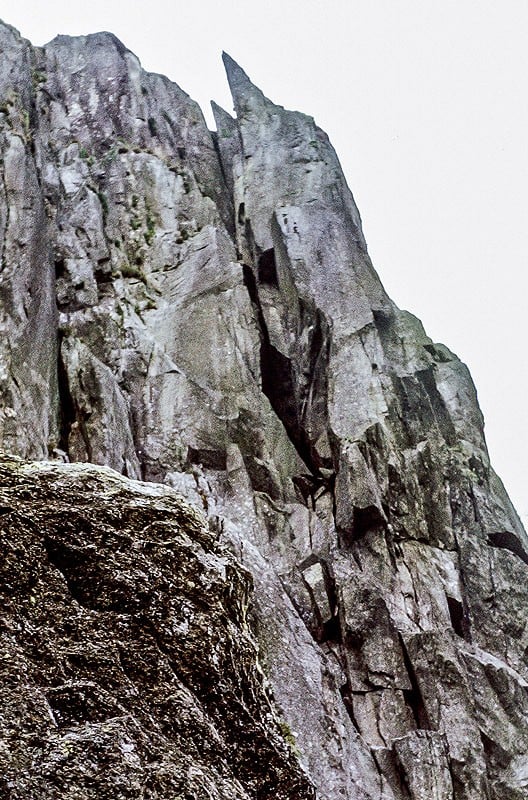
Formula One (HVS 5a), Lundy
Lundy as a whole has a tendency to 'shed' large chunks of rock from time to time.
Controlled Burning is a good example of this, when the right hand side of the crux roof fell off. With care it was still climbable, but it would appear something more major was afoot deeper within the bedrock, as now the start has begun to disintegrate and the route is in a very unsafe state.
Formula One is another good example, not least because it was one of the most popular routes on the island, with the large flake feature that formed the top of the route abandoning ship and setting sail into the sea below.
Conscientious Objector (E3 5c), St. Govan's, Pembroke
Back in the 80s one of the best E3s in Pembroke was Conscientious Objector at St. Govan's. When this went it took down the entire section above the crux roof, including the even more impressive Mission Impossible to its right. A route called My Witness has been climbed up the scar, but it really isn't in the same class.
Changed Rock
Parallel Gully B (V 5), Lochnagar
Immortalised in Cold Climbs, this classic chimney pitch famously lost the right hand side of the chimney to create an equally impressive corner. That said, despite the loss it is still climbable as a thin ice route, but there's no denying it is unrecognisable from the original.
Cougar (E3 5c), Creag an Dubh Loch
When granite structures go they tend to go big and Cougar was no exception, as a chunk the size of a house went in/around pitch 3. The remnants are still visible from Central Gully, with huge blocks and rock scars still marking its destructive path downwards. It was thought to be in an unclimbable state until James McHaffie went in for a closer inspection. Rather alarmingly it took him two visits, but the new 'Toy Boy' Variation (great name...) found a way through. Grade as of yet unconfirmed, but let's face it - if it took Caff two trips it's going to be desperate.
Wraith (E3 5c), Mother Carey's Kitchen, Pembroke
I vividly recall climbing the immaculate arête high up on Wraith, airy and out there, stuck out on the edge of the crag with only the ocean waves crashing somewhere below to provide a sense of grounding. Perhaps the feeling of isolation is added to by the fact that the arête you're grappling with is - or perhaps I should say was - only half of the coin at one point, with the other being…well…another arête, which together formed a crack. Yes, Wraith was formerly a classic HVS crack climb and not the E3 arête it is today.
Coronation Street (WW) (E1 5b), Cheddar Gorge
The traverse around The Shield on pitch 3 of Coronation Street constitutes not just the crux of the route, but also the most sensational and exposed section. The Shield juts out above the road, above the parking, and above pretty much everything. It was therefore somewhat alarming when a portion of it fell off, leaving a slightly smaller shield (a buckler perhaps?).
Central Buttress (E1 5b), Scafell
The Great Flake of Central Buttress is a pitch of legend, immortalised by Lakeland Rock, where an overweight and out of shape Don Whillans wrangles with the infamous chockstone that both protected and acted as the largest hold on what is the crux pitch. The demise of the chockstone is a sad story that involves a fatality (be careful out there…), leaving the route in an altered state, as the easiest and most popular method is to climb it via Marr's Variation, which climbs the front side of the flake. That said, the Flake is still climbable and - in my opinion - vastly overgraded at E3 (E2, tops…).
King Kong (E1 5b), Wintours Lead
This was first introduced to me as the HVS that thinks it's E1; however, after rockfall on pitch 1 it swiftly turned into the E1 that thinks it's an E2. Despite this the quality of this Wintour's Leap classic endures, irrespective of what grade it actually is.
Exmansworthy, North Devon
Exmansworthy was once one of the jewels in the crown of Culm Coast, or at least it was until the cornice of rock that overhung the crag fell down and buried half the routes beneath it. Climbers have since returned and many of the routes are in a climbable state, but it lacks something of the charm and majesty it once had.
Boulby Boulders, North York Moors
Ok, a lot of boulders get formed as a result of rockfall, but usually this took places many years ago. The Boulby Boulders are somewhat fresher in this respect, insofar as they only appeared in relatively recent years. Maybe they would better be described as a 'changed rock' version of the highly unstable Boulby Cliffs??
Ticking Clock
UPDATE: IN NOVEMBER 2018 THE AREA OF ROCK DID INDEED FALL DOWN. READ THE ARTICLE BELOW FOR MORE DETAIL AND - IF YOU GO THERE - WATCH OUT FOR ANY REMAINING LOOSE ROCK.
A few years ago a crack was spotted at the top of Overhanging Bastion, which caused some degree of concern (click here to see the news report). In the immediate aftermath there was uncertainty as to whether that was it, it had moved, but remained stable, however a glass monitor was fitted and it seems the block is definitely still 'active'. As such, we would suggest extreme caution for anyone going anywhere near it (and don't even think about doing Overhanging Bastion or North Buttress Eliminate!!).
"Compared to 4 years ago the crack looks to have grown perhaps 5cm. It surely can't be much longer now before the outward weight of the cliff along with rainwater lubrication leads to collapse."- Al Todd
It doesn't take too much imagination to think of this 120m sandstone monolith falling down. The fact its two feet - the very feet that gave it the name 'old man' - fell down as late as the 1800's makes you realise that in certain circumstances geology can actually act quite fast. That said, we really don't know do we: The Old Man could be there for another 100 years, maybe even another 1000, but I guess that's the point isn't it.
So, here's the big question: give it a wide berth or get it done quick? If you decide the latter here's a destination article/itinerary.
Slate
It's not exactly difficult to imagine a quarry falling down, as most of the surroundings suggest that a whole lot of things have fallen down in order to create the present day scenario. However, that the most recent rockfall took place just a few weeks ago does lead to the question of how soon and how much more is to follow?
This was possibly the scene of the greatest ever April Fools that UKC has ever run. The reason for its success was that (in a tenuous kind of way) it was almost believable, as these rather implausible fins, barely 2m wide and 30-40m tall, do appear somewhat unlikely in reality.
Portland
This is an interesting one, as unlike many of the others outlined above the hazard does not come as a result of falling rock or collapsing buttresses - it comes from the ground both above and beneath the crag. The major landslide back in 2014 certainly created fairly major issues to access of Blacknor Far South and Battleship Main, despite the fact the cliffs are still there and in fact, the ground is...well...a whole lot lower, not to mention more unstable!
Spantastic (HVS 4c), Flodigarry
This unique and wonderful feature is slender to the point of absurd, yet it still hangs in there.
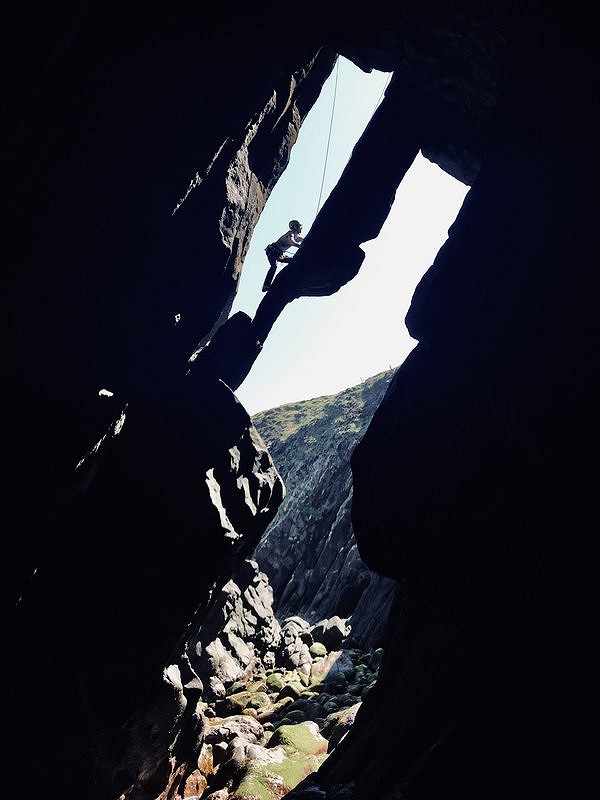
- DESTINATION GUIDE: The Finest E3s in Pembroke 18 Aug
- PHOTOGRAPHY: UKC Photography Awards - 2024 Category Finalists 18 Aug
- DESTINATION GUIDE: The Finest E2s in Pembroke 13 Aug
- DESTINATION GUIDE: The Finest E1s in Pembroke 4 Aug
- REVIEW: Edelrid Ohmega - An Absolute Game Changer 25 Jul
- REVIEW: Boreal Mutant 3.0 22 Jul
- REVIEW: Unparallel Float - support with sensitivity 27 Jun
- REVIEW: Jetboil Genesis Stove System - The Ultimate Two Ring Burner? 3 Jun
- INTERVIEW: Esther Foster and Callum Coldwell Storry on the Langdale Extreme Rock Challenge 27 May
- REVIEW: Patagonia Nano Air Ultralight - Men's and Women's 23 May



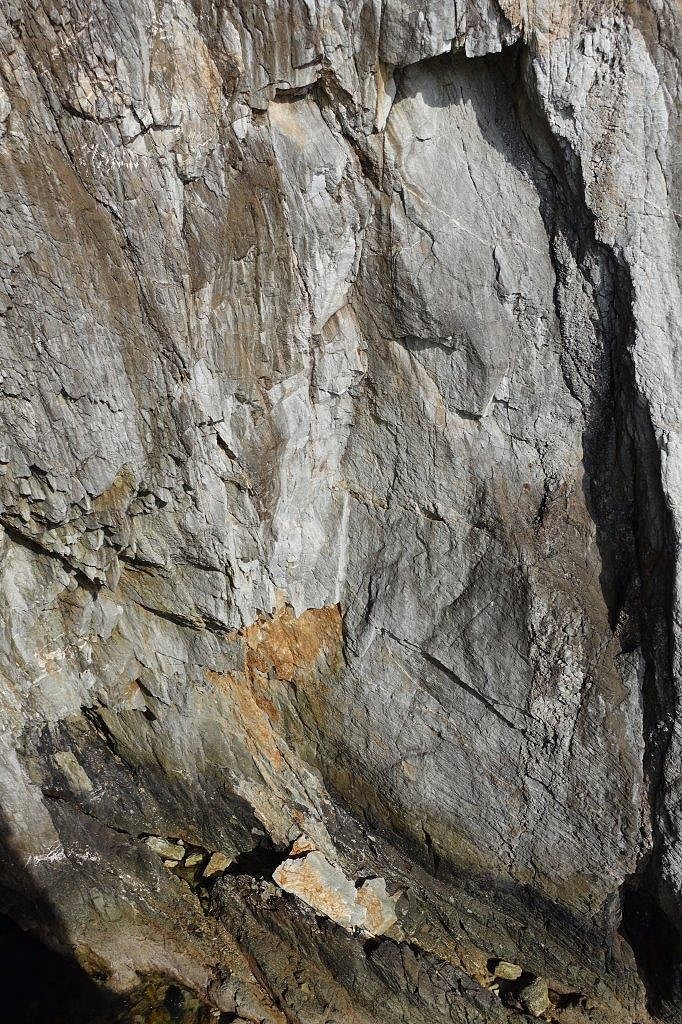
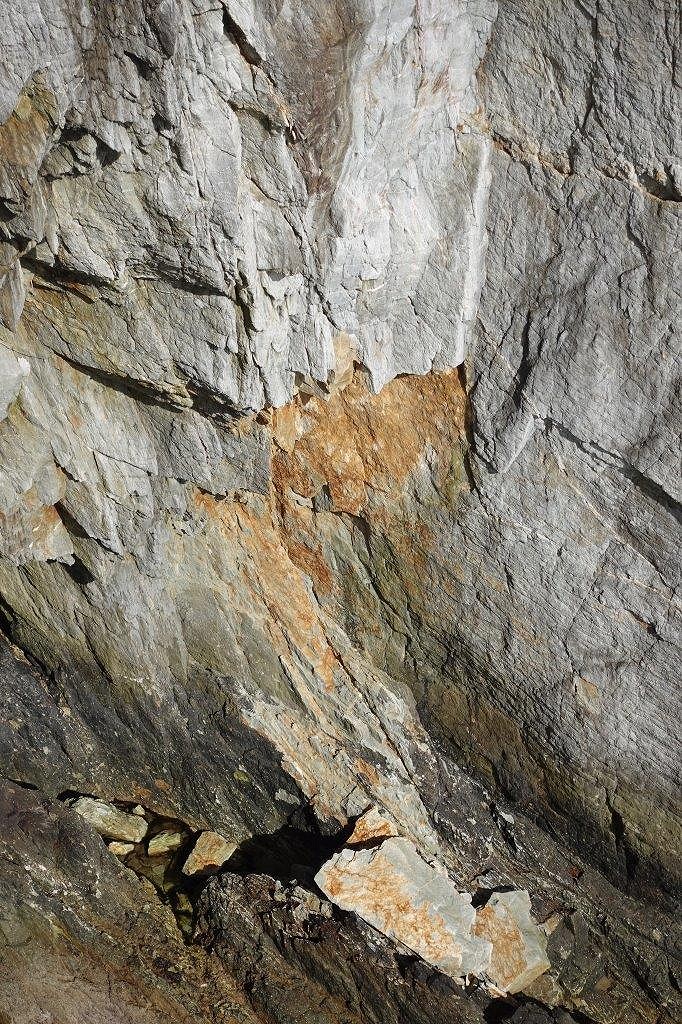

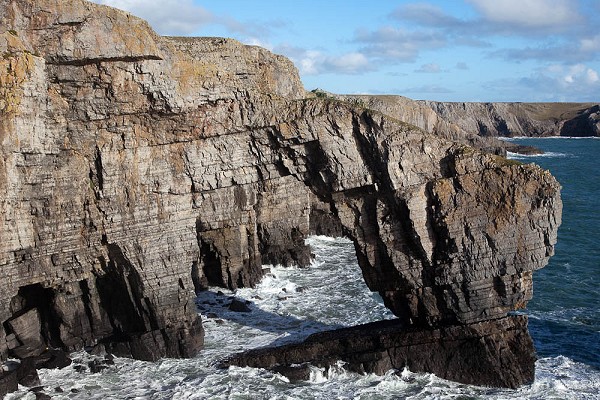
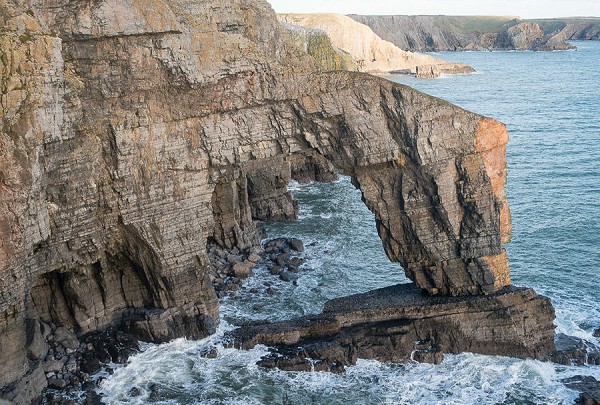

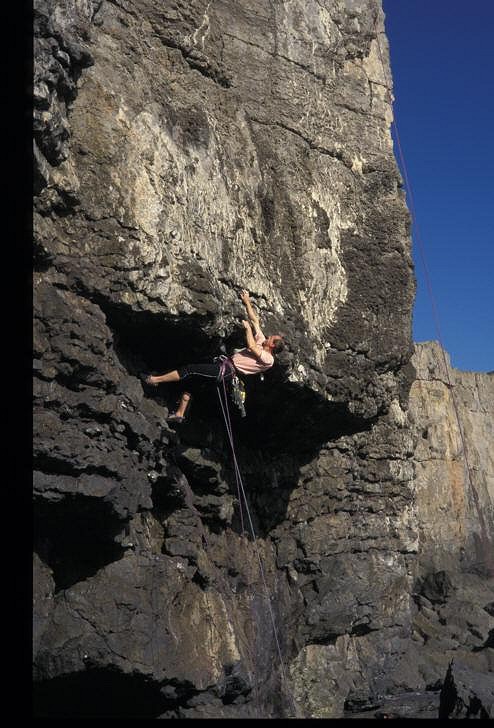
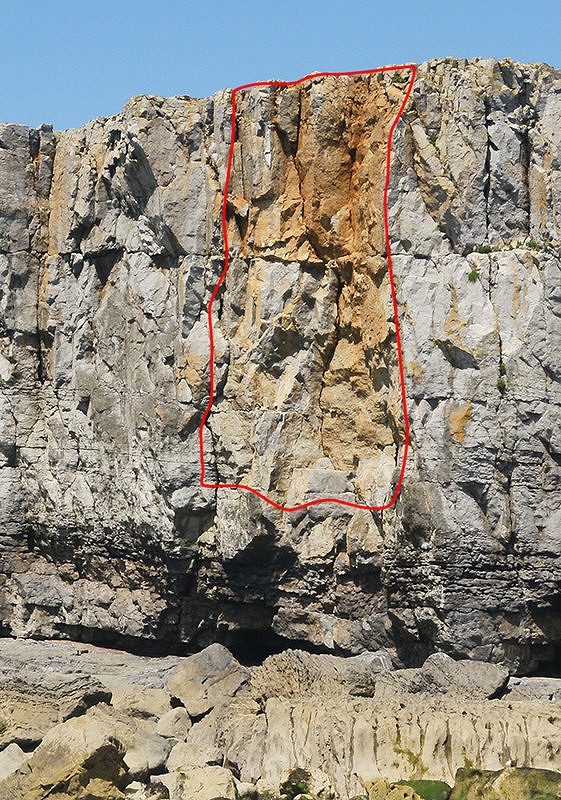
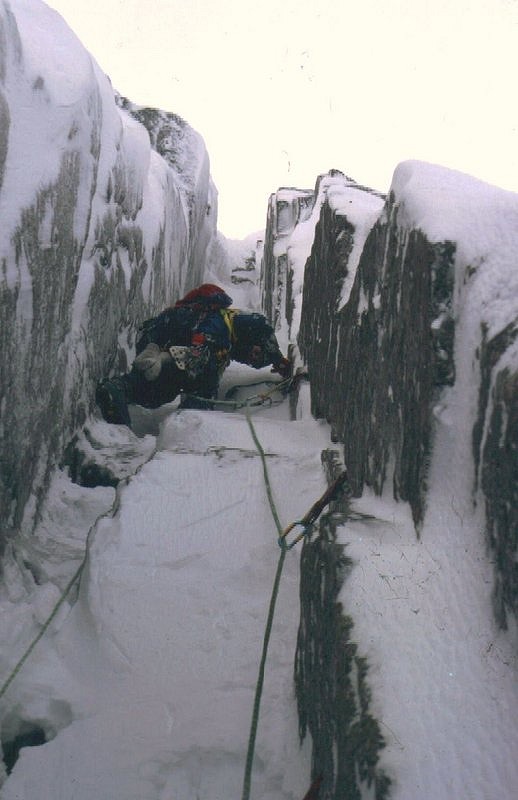
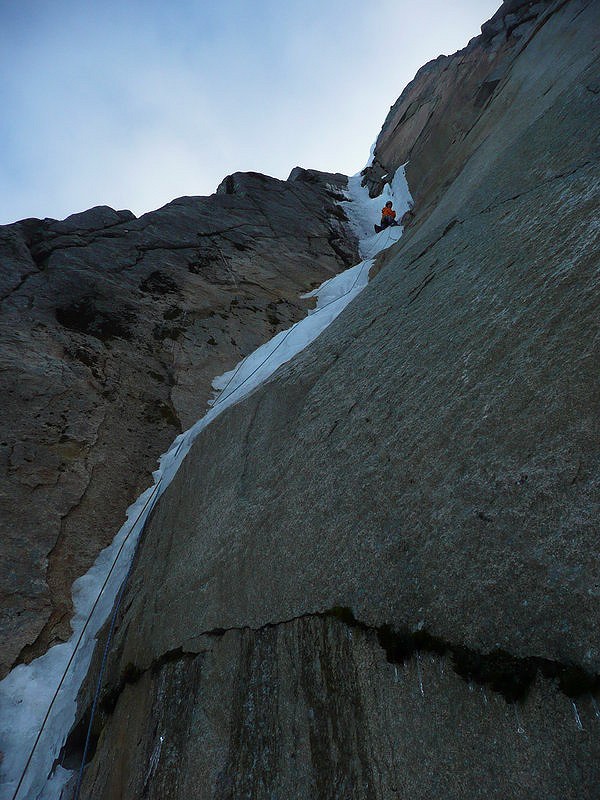
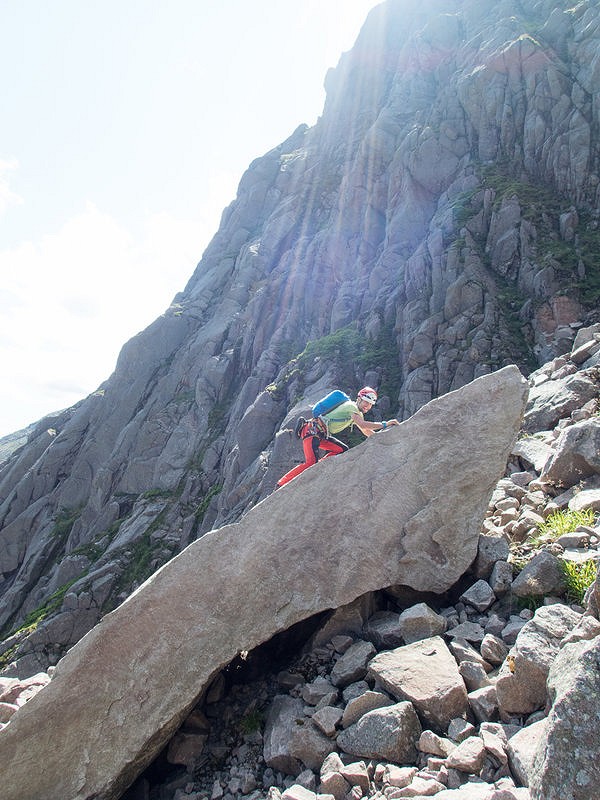


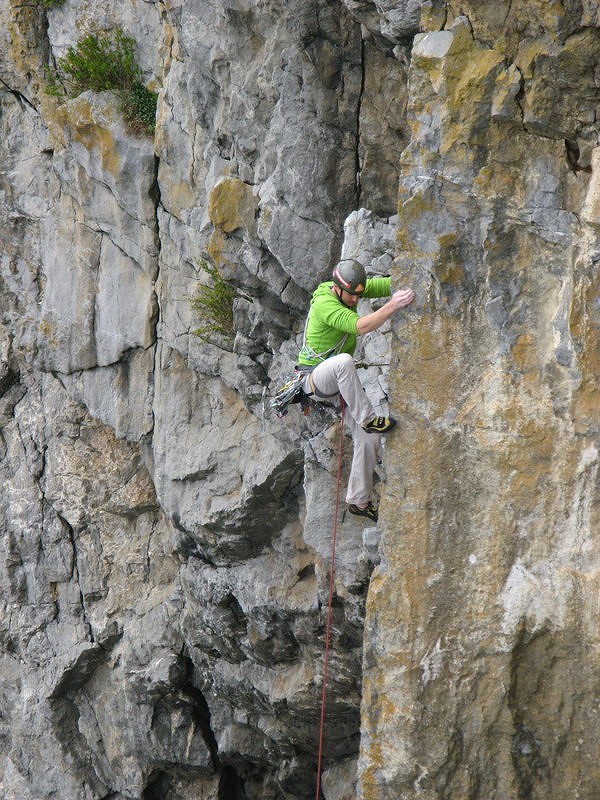
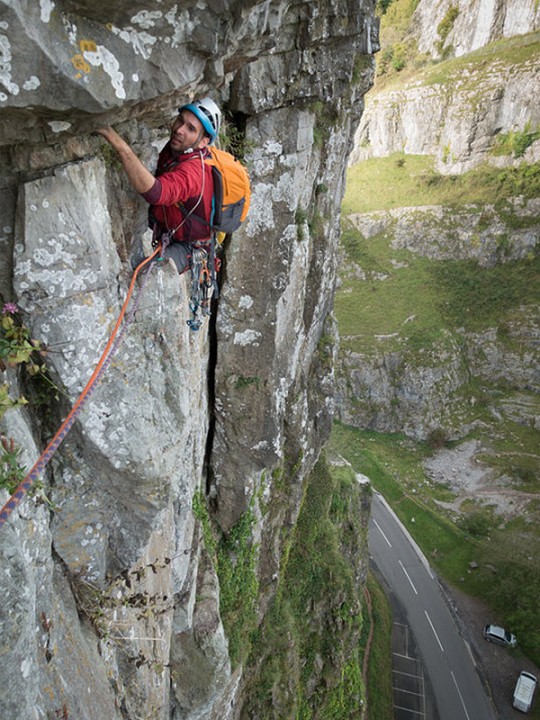

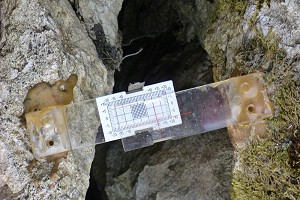
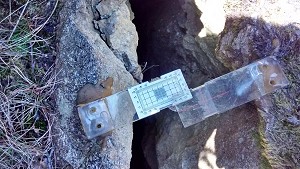


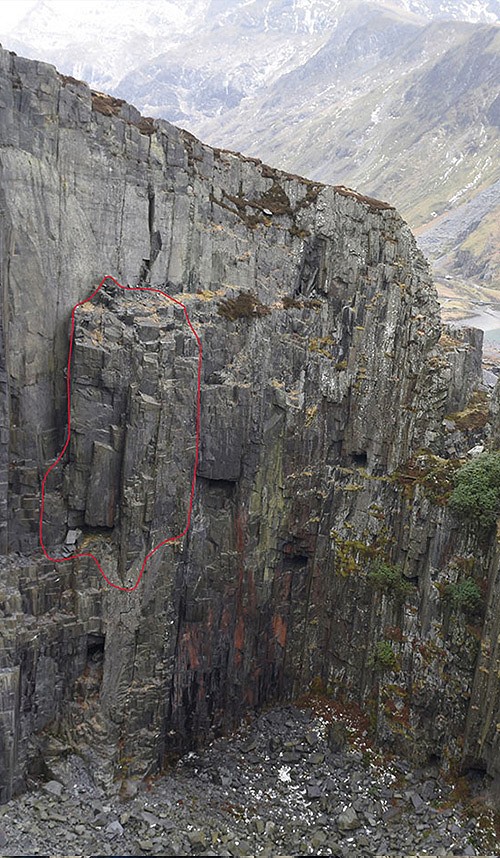







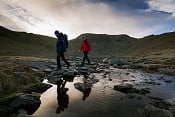








Comments
True North at Vellan Head is another. We abbed down to the bottom and it took us a while to work out what had happened.
Did Crack in the Sky at Carn Barra not fall down too?
If you're going to include Parallel Gully B (V 5), then West Chimney (V 7) is also worthy of note, rockfall having blocked the characteristic 'tunnel'.
This is likely to turn into a bit of a public service thread!
Should there be a category for 'removed by the local council'? fairly sure some routes have been lost or changed at Auchinstarry & Avon gorge after work to stabilise or improve safety, possibly elsewhere as well